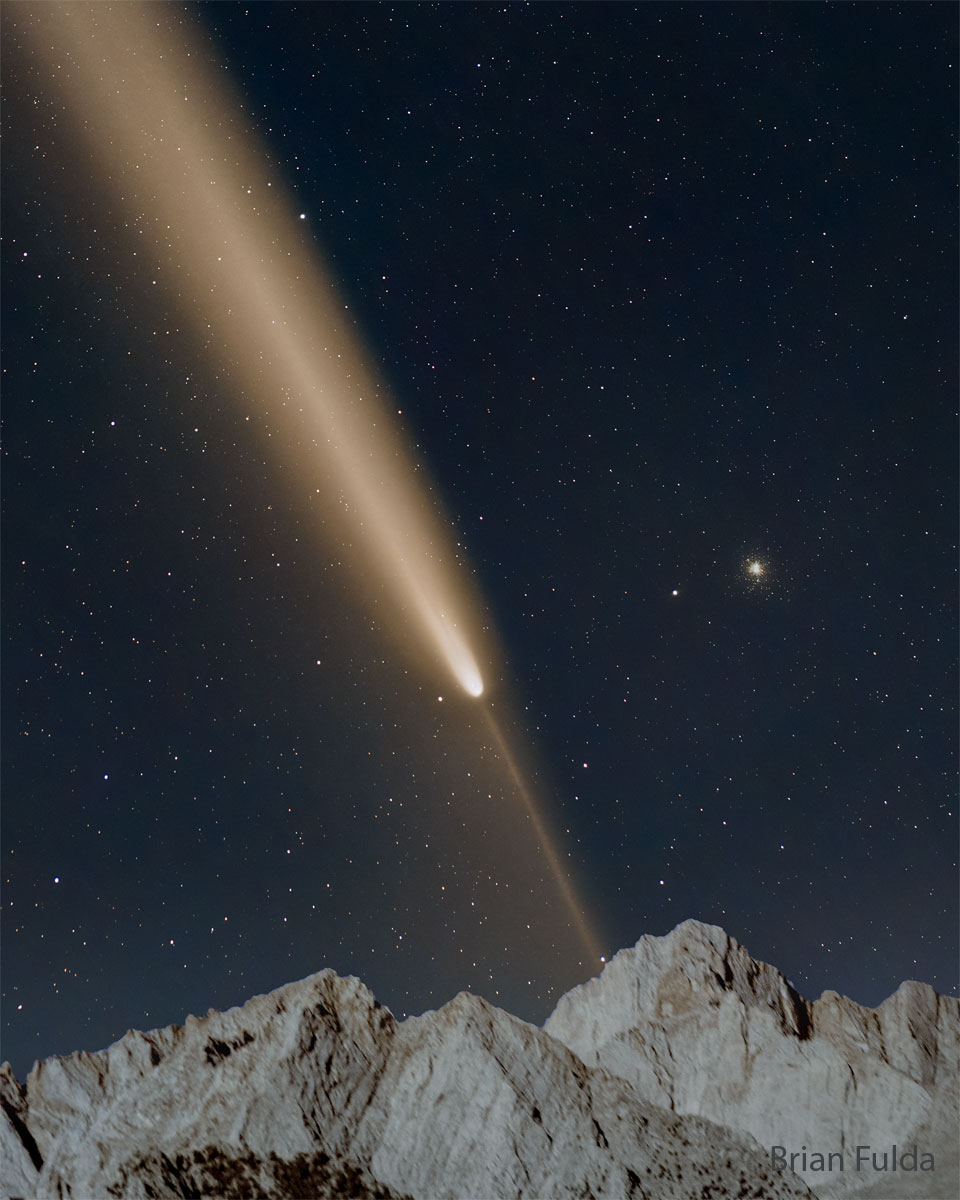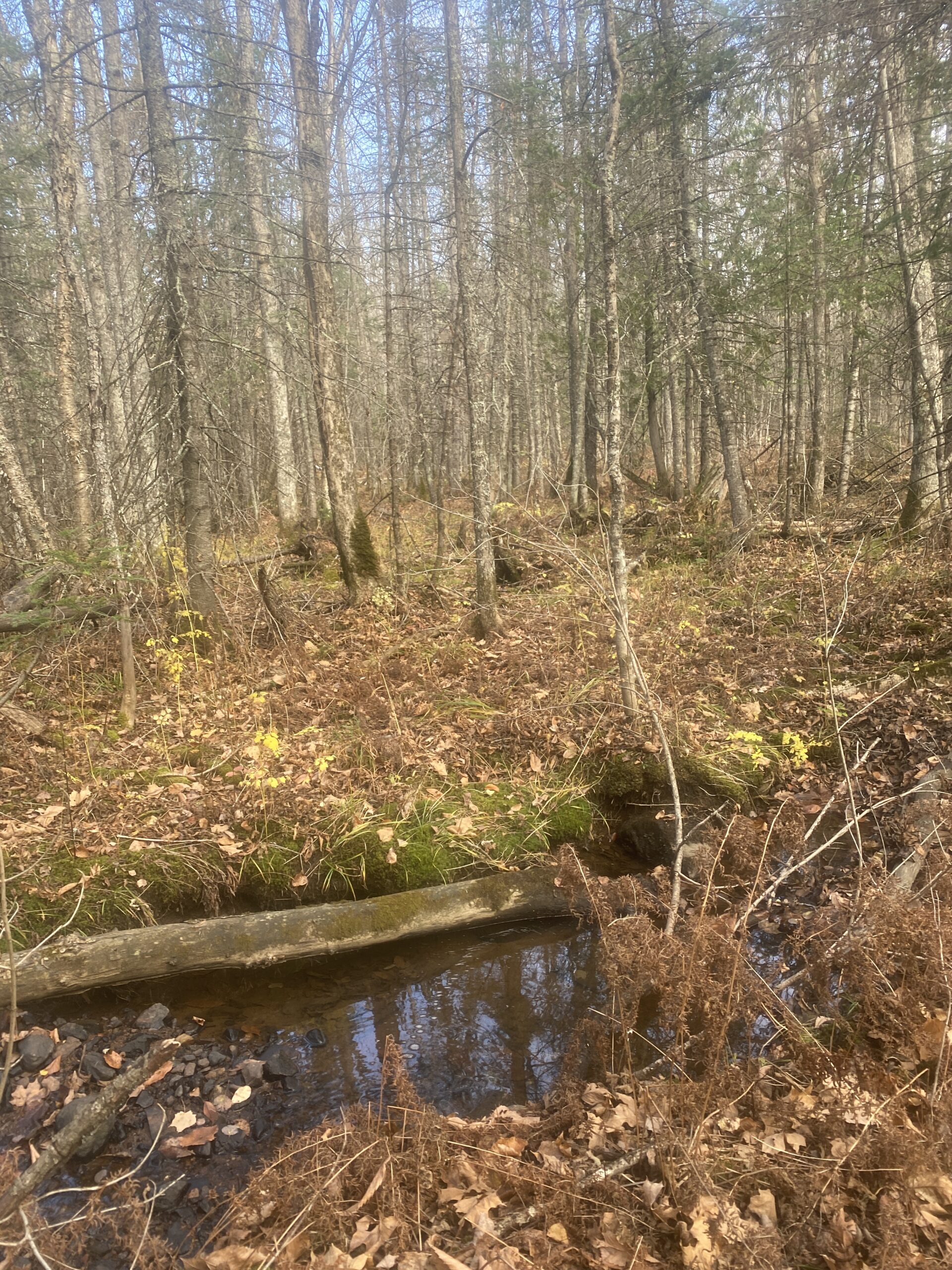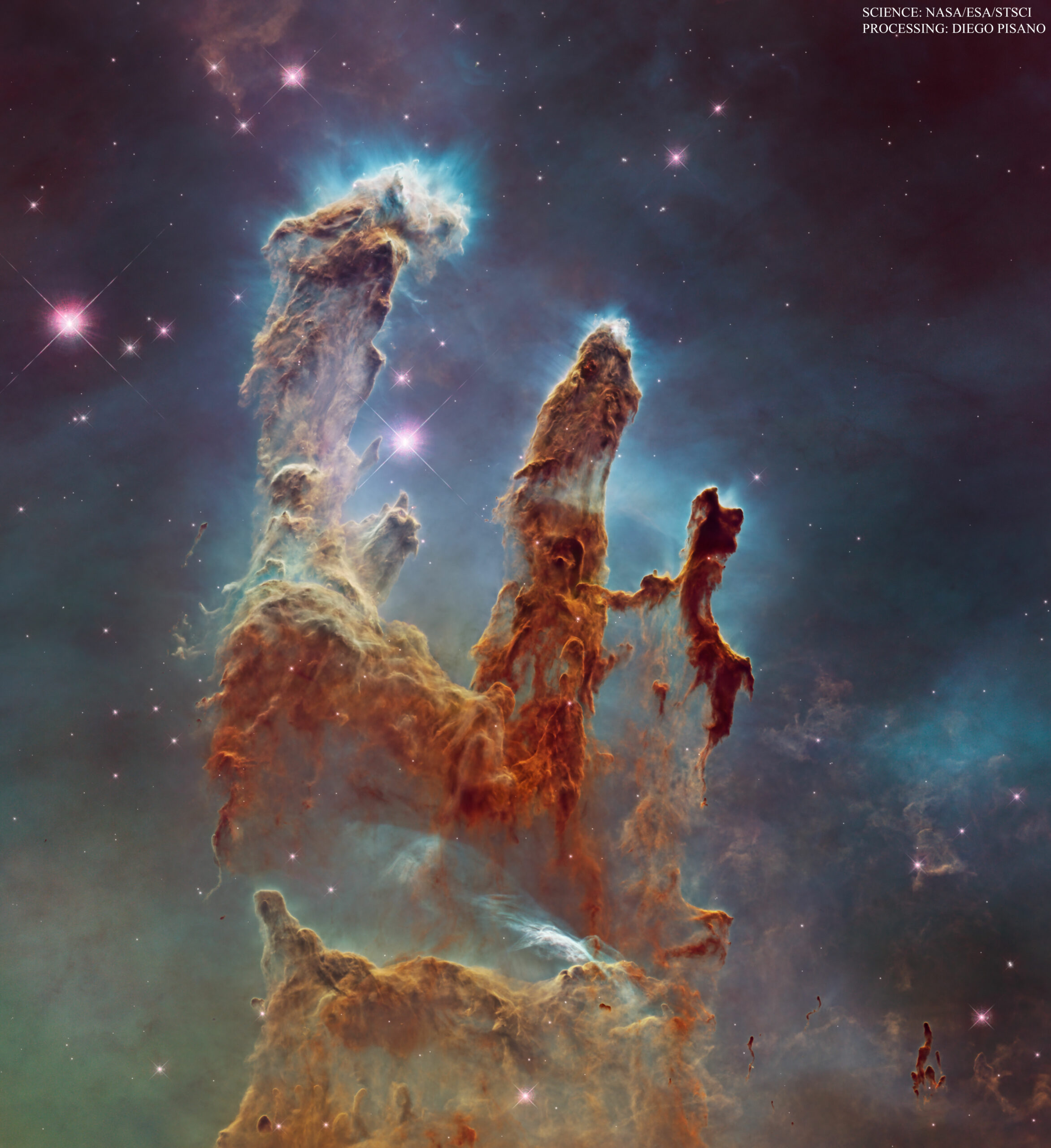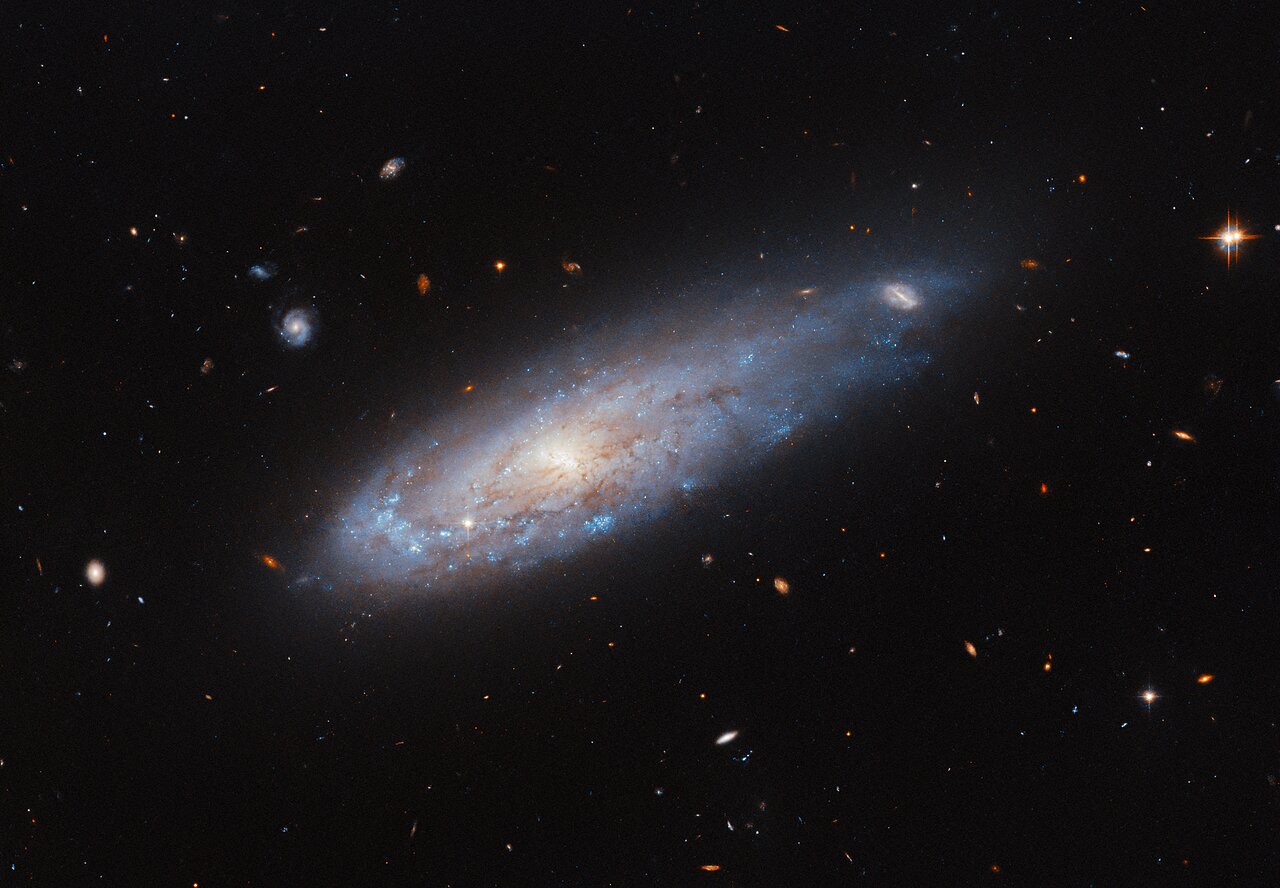Blog
Saunders Terrell (October 24, 1911 – March 11, 1986 Greensboro, GA), known as Sonny Terry, was an American Piedmont blues and folk musician, who was known for his energetic blues harmonica style, which frequently included vocal whoops and hollers and occasionally imitations of trains and fox hunts.
Terry was born in Greensboro, Georgia. His father, a farmer, taught him to play basic blues harp as a youth. He sustained injuries to his eyes and went blind by the time he was 16, which prevented him from doing farm work, and was forced to play music in order to earn a living. Terry played “Camptown Races” to the plow horses which improved the efficiency of farming in the area. He began playing blues in Shelby, North Carolina. After his father died, he began playing with Piedmont blues–style guitarist Blind Boy Fuller. When Fuller died in 1941, Terry established a long-standing musical relationship with Brownie McGhee, and they recorded numerous songs together. The duo became well known among white audiences during the folk music revival of the 1950s and 1960s, including for collaborations with Styve Homnick, Woody Guthrie and Moses Asch, producing classic recordings for Folkways Records (now Smithsonian/Folkways).
more...
I saw the comet in Two Harbors Sunday night! Wow! The tails of Comet Tsuchinshan-ATLAS were a sight to behold. Pictured, C/2023 A3 (Tsuchinshan–ATLAS) was captured near peak impressiveness last week over the Eastern Sierra Mountains in California, USA. The comet not only showed a bright tail, but a distinct anti-tail pointing in nearly the opposite direction. The globular star cluster M5 can be seen on the right, far in the distance. As it approached, it was unclear if this crumbling iceberg would disintegrate completely as it warmed in the bright sunlight. In reality, the comet survived to become brighter than any star in the night (magnitude -4.9), but unfortunately was then so nearly in front of the Sun that it was hard for many casual observers to locate. Whether Comet Tsuchinshan-Atlas becomes known as the Great Comet of 2024 now depends, in part, on how impressive incoming comet C/2024 S1 (ATLAS) becomes over the next two weeks.

more...
Eleanor Louise Greenwich (October 23, 1940 – August 26, 2009) was an American pop music singer, songwriter, and record producer. She wrote or co-wrote “Da Doo Ron Ron“, “Be My Baby“, “Maybe I Know“, “Then He Kissed Me“, “Do Wah Diddy Diddy“, “Christmas (Baby Please Come Home)“, “Hanky Panky“, “Chapel of Love“, “Leader of the Pack“, and “River Deep – Mountain High“, among others.
more...Ernest James Watts (born October 23, 1945 Norfolk, Va) is a Grammy-winning American jazz and R&B saxophonistwho plays soprano, alto, and tenor saxophone. He has worked with Charlie Haden‘s Quartet West and toured with the Rolling Stones. On Frank Zappa‘s album The Grand Wazoo he played the “Mystery Horn”, a straight-necked C melody saxophone. Watts also played the notable sax riff on “The One You Love” from Glenn Frey‘s album No Fun Aloud.
more...Frank Hewitt (October 23, 1935 – September 5, 2002) was an American hard bop jazz pianist.
Born in Queens, New York, Hewitt lived most of his life in Harlem. His mother was a church pianist, and he initially studied classical and gospel music, but switched to jazz after hearing a Charlie Parker record. He took the bop pianists Thelonious Monk, Bud Powell and Elmo Hope as his role models. In the 1950s and 1960s, he worked with Howard McGhee, Cecil Payne, John Coltrane, Dinah Washington and Billie Holiday, among others; in 1961, he also participated in the Living Theater‘s production of Jack Gelber‘s The Connection. He became a regular figure in the circle of the pianist Barry Harris. In the 1990s, Hewitt became a central figure at New York’s Smalls Jazz Club; aside from playing there several nights a week, he sometimes also ended up using the walk-in refrigerator as a place to bunk when times were rough.
During his lifetime only one track of Hewitt’s playing was released, a version of the Kenny Dorham tune “Prince Albert” on the compilation Jazz Underground: Live at Smalls (Impulse, 1998). After Hewitt’s death, however, recordings made by Luke Kaven began to surface on Kaven’s Smalls Records label: the trio discs We Loved You, Not Afraid to Live, Fresh from the Cooler, and Out of the Clear Black Sky, and the quintet date Four Hundred Saturdays. His reputation as a neglected jazz master has steadily grown among fans of bebop piano.
more...William “Sonny” Criss (23 October 1927 – 19 November 1977) was an American jazz musician. An alto saxophonist of prominence during the bebop era of jazz, he was one of many players influenced by Charlie Parker. William Mansfield Turner, known to the world as Sonny Criss, was born in Memphis, Tennessee, United States, and moved to Los Angeles at the age of 15. He then went on to play in various bands including Howard McGhee‘s, which also featured Charlie Parker, Sonny’s idol.
However, Criss was much more than just a Charlie Parker clone. He developed his own sound, drenched in the blues, as his ability on the instrument continued to develop. Nevertheless, he continued to drift from band to band, and played on some records with Johnny Otis and Billy Eckstine.
His first major break came in 1947, on a number of jam sessions arranged by jazz impresario Norman Granz. In 1956 he signed to Imperial Records, based in New York, and recorded a series albums including Jazz U.S.A , Go Man! and Sonny Criss Plays Cole Porter featuring pianist Sonny Clark. Capitol, which owned the master recordings, reissued them as a double-CD set on their Blue Note imprint in 2000. Criss also recorded At the Crossroads with pianist Wynton Kelly. In 1977, Criss was preparing to tour Japan but developed stomach cancer. As a consequence of this painful condition, Criss committed suicide (self-inflicted gunshot) in 1977, in his adopted city of Los Angeles. He never married, but had one son, Steven Criss.
more...
Little cabin sided & urethaned and the Little Knife River. Spruce Balsam Fir blight took down many trees this year on the 40.





These dark pillars may look destructive, but they are creating stars. This pillar-capturing pictureof the Eagle Nebula combines visible light exposures taken with the Hubble Space Telescope with infraredimages taken with the James Webb Space Telescope to highlight evaporating gaseous globules (EGGs) emerging from pillars of molecular hydrogen gas and dust. The giant pillars are light years in length and are so dense that interior gas contracts gravitationally to form stars. At each pillar’s end, the intense radiation of bright young stars causes low density material to boil away, leaving stellar nurseries of dense EGGs exposed. The Eagle Nebula, associated with the open star clusterM16, lies about 7000 light years away.
Robert Gaston Fuller (October 22, 1942 – July 18, 1966 Baytown, TX) was an American rock singer, songwriter, and guitarist best known for “Let Her Dance” and his cover of the Crickets‘ “I Fought the Law,” recorded with his group The Bobby Fuller Four. Within months of “I Fought the Law” becoming a top 10 hit, Fuller was found dead in an automobile parked outside his Hollywood apartment.The Los Angeles deputy medical examiner, Jerry Nelson, performed the autopsy. According to Dean Kuipers: “The report states that Bobby’s face, chest, and side were covered in ‘petechial hemorrhages,’ probably caused by gasoline vapors and the summer heat. He found no bruises, no broken bones, no cuts. No evidence of beating.” Kuipers further explains that boxes for “accident” and “suicide” were checked, but next to the boxes were question marks. Despite the official cause of death, some commentators believe Fuller was murdered.
more...Franz Liszt (22 October 1811 – 31 July 1886) was a Hungarian composer, virtuoso pianist, conductor and teacher of the Romantic period. With a diverse body of work spanning more than six decades, he is considered to be one of the most prolific and influential composers of his era, and his piano works continue to be widely performed and recorded.
more...Cándido Camero Guerra (22 April 1921 – 7 November 2020), known simply as Cándido, was a Cuban conga and bongo player. He is considered a pioneer of Afro-Cuban jazz and an innovator in conga drumming. He was responsible for the embracing of the tuneable conga drum, the first to play multiple congas developing the techniques that all players use today, as well as the combination of congas, bongos, and other instruments such as the foot-operated cowbell, an attached guiro, all played by just one person. Thus he is the creator of the multiple percussion set-up.
more...
The spiral galaxy appearing in this week’s Hubble Picture of the Week is named IC 3225. It looks remarkably as if it’s been launched from a cannon, speeding through space like a comet with a tail of gas streaming from its disc behind it. The scenes that galaxies appear in from Earth’s point of view are fascinating; many seem to hang calmly in the emptiness of space as if hung from a string, while others star in much more dynamic situations! Appearances can be deceiving with objects so far from Earth — IC 3225 itself is about 100 million light-years away — but the galaxy’s location suggests some causes for this active scene, because IC 3225 is one of over 1300 members of the Virgo galaxy cluster. The density of galaxies in the Virgo cluster creates a rich field of hot gas between them, the so-called ‘intracluster medium’, while the cluster’s extreme mass has its galaxies careening around its centre in some very fast orbits. Ramming through the thick intracluster medium, especially close to the cluster’s centre, places an enormous ‘ram pressure’ on the moving galaxies that strips gas out of them as they go. IC 3225 is not so close to the cluster core right now, but astronomers have deduced that it has undergone this ram pressure stripping in the past. The galaxy looks as though it’s been impacted by this: it is compressed on one side and there has been noticeably more star formation on this leading edge, while the opposite end is stretched out of shape. Being in such a crowded field, a close call with another galaxy could also have tugged on IC 3225 and created this shape. The sight of this distorted galaxy is a reminder of the incredible forces at work on astronomical scales, which can move and reshape even entire galaxies! [Image Description: A spiral galaxy. Its disc glows visibly from the centre, and has faint dust threaded through it. A spiral arm curves around the left edge of the disc and is noticeably more dense with bright blue spots
more...
Manfred Sepse Lubowitz (born 21 October 1940), known professionally as Manfred Mann, is a South African-born musician, residing in the UK since 1961. He is best known as a founding member of the bands Manfred Mann, Manfred Mann Chapter Three and Manfred Mann’s Earth Band.
more...More Posts
- World Percussion Ghatam Giridhar Udupa
- Daily Roots The Dynamites
- Cosmos LBN 86
- Randy Newman
- Gato Barbieri
- Gigi Grice
- World Music Trio Mandili
- Daily Roots Soul Syndicate & Tony Tuff
- Jimi Hendrix Day 2023
- Cosmos Abell 3192
- Lyle Mays
- Randy Brecker
- Eddie South
- Jimi Hendrix
- World Music London Afrobeat Collective
- Daily Roots Peter Tosh
- Cosmos VdB 141
- Tina Turner
- Jim Mullen
- Bobby Sharp
